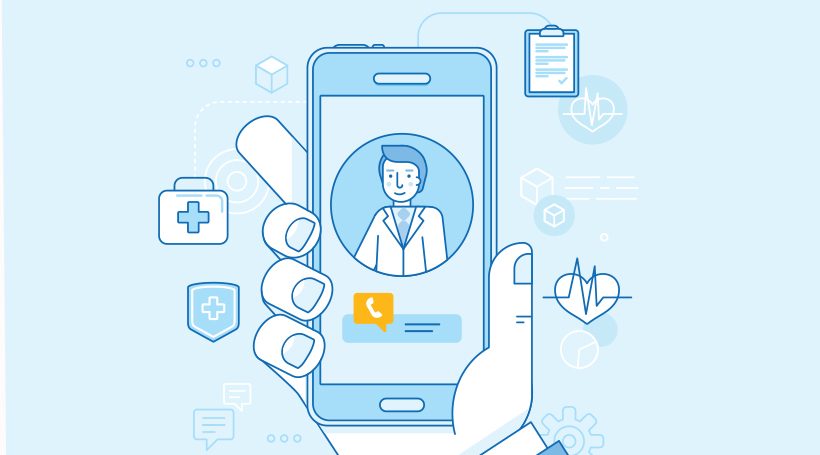As COVID-19 keeps many of us embracing virtual communication, doctors find themselves trading stethoscopes for webcams and embracing telemedicine. Check out some telemedicine do’s and dont’s we got from South Jersey doctors.
Use a handheld device
“Using a phone gives you more freedom to move and manipulate the camera than using a computer or tablet,” says Rowan pediatrician Tanya Kadrmas-Iannuzzi, “which is especially helpful when examining specific parts of the body.
Test the system
“Just as you’d arrive 15 minutes before an in-person appointment, test the application you’ll be using,” says Tudor Jovin, MD, of the Cooper Neurological Institute. “You may need to download a program to your device, so give yourself time for that to load.”
Watch the light
Good lighting allows your provider to see you as clearly as possible. Position yourself under or in front of the light.
“Sitting with a light source, like a lamp or window, behind you will make you appear dark and shadowy,” says Kadrmas-Iannuzzi.
Check your connection
“Clear sound and picture rely on a strong wifi connection, so test the wifi ahead of time to make sure you’re in a spot with the strongest connection possible,” says Jovin.











